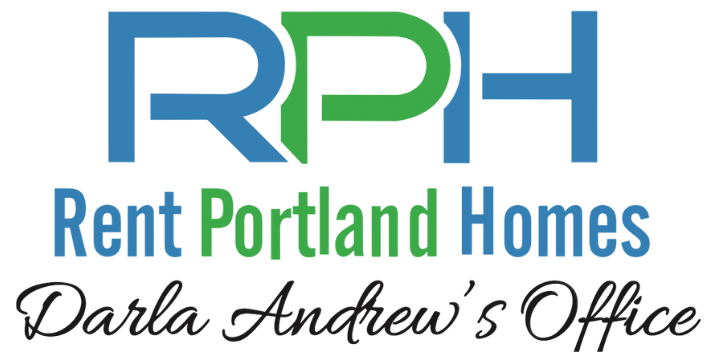As any homeowner understands, there is always something around the house that needs repair or maintenance. From a leaky kitchen faucet to leaf-filled gutters, your property requires constant attention. A rental property is no different. However, as a landlord, maintenance often takes even more energy because you’re ensuring your tenants treat your investment with respect as well. Becoming a rental homeowner is a fantastic way to bring in extra income. But you need to take precautions to protect your property from potentially costly issues. If you question the need for regular inspections, consider the money you’ll save by catching problems while they’re manageable. Small problems can often grow into significant issues. Even the best tenants may overlook potential issues you or a property manager would catch.
You take a risk when choosing to rent your property. To help preserve the value of your investment, prevent minor problems from becoming more significant by performing regular inspections. Monitoring your rental property is an opportunity to protect you, address your tenant’s concerns, and hopefully develop a strong relationship with renters to decrease turnover. Whether you perform them yourself or enlist a qualified property manager, annual inspections offer added peace of mind.
Types of Inspections
There are four types of inspections commonly performed for rental properties. The purpose of each assessment is to track the property’s condition, set expectations for how you expect the tenant to maintain the property, and resolve issues promptly.
Routine Inspection
You should perform routine inspections every six to twelve months with 24-hour advance notice to the tenant. Some landlords choose to perform more frequent inspections, which should be clearly stated in the lease agreement.
Move-In Inspection
The main purpose of the move-in inspection is for both tenant and landlord to document the current condition of the property at the time of moving in. Both parties should document and sign the inspection details, including any repairs requested by the tenant. During the move-in process, our team documents each home’s condition by taking hundreds of digital photographs. Visual evidence helps prevent disagreements over property damage and withholding deposits when tenants move out.
Move-Out Inspection
Much like the move-in inspection, the tenant and landlord conduct the move-out inspection. The walkthrough should be scheduled on the day the tenant vacates the home. Comparing details with the conditions documented during the move-in inspection will provide you with valuable information regarding the use of security deposits.
Drive-By Inspection
The drive-by inspection is the only time you do not need to give 24-hour notice to your tenants as you will not be entering the property. A quick drive-by will help you assess the exterior of the home and let you know if you need to schedule a more thorough inspection.
Planning Your Rental Property Inspection
Performing your rental property inspection may feel awkward, especially for new landlords. Walking through someone’s home may feel like an invasion of privacy, and not all tenants welcome the intrusion. It is important to remember that your property is an asset that requires your care. As a result, you have every right to be concerned with the upkeep of your investment.
As previously stated, you will need to give your tenant written or verbal notice of when you plan to perform the inspection. Most tenants appreciate clear communication, so be sure to include as many details as you can regarding the time you plan to arrive and the purpose of the inspection.
It is preferable to have the tenant present for the inspections. That way they can inform you of any damages or necessary repairs. You will also have an opportunity to address concerns over the care of the property. Be efficient and direct while reviewing the property’s condition and be sure to have signed documentation for each inspection. If a conflict should arise, address the situation in writing and avoid verbal disagreements.
To help keep your inspections consistent, use a checklist. The checklist can also serve as a tool for tracking the property’s condition and setting expectations for how you wish the tenant to maintain the property. When taking photos, be mindful of your tenants’ privacy by keeping pets, family photos, or valuables out of the photos.
Make Time to Care for Your Investment
Finding time to keep an eye on your rental property can be difficult. Providing maintenance, fixing problems, and making sure your tenants treat your home with care, is exhausting work. Hiring a qualified property manager will relieve some of that pressure for you by handling everything from inspections to scheduling repairs. At Rent Portland Homes by Darla Andrew, you can find the help you need.
If you’d like to learn more about our property management services — and all the other ways we take care of your investment — you can call or text Darla today at (503) 852-2705. Or, you can fill out the contact page on our website. Don’t forget to subscribe to our YouTube page, where you’ll find tours of all our available rental properties and videos from Darla and the staff.


Recent Comments